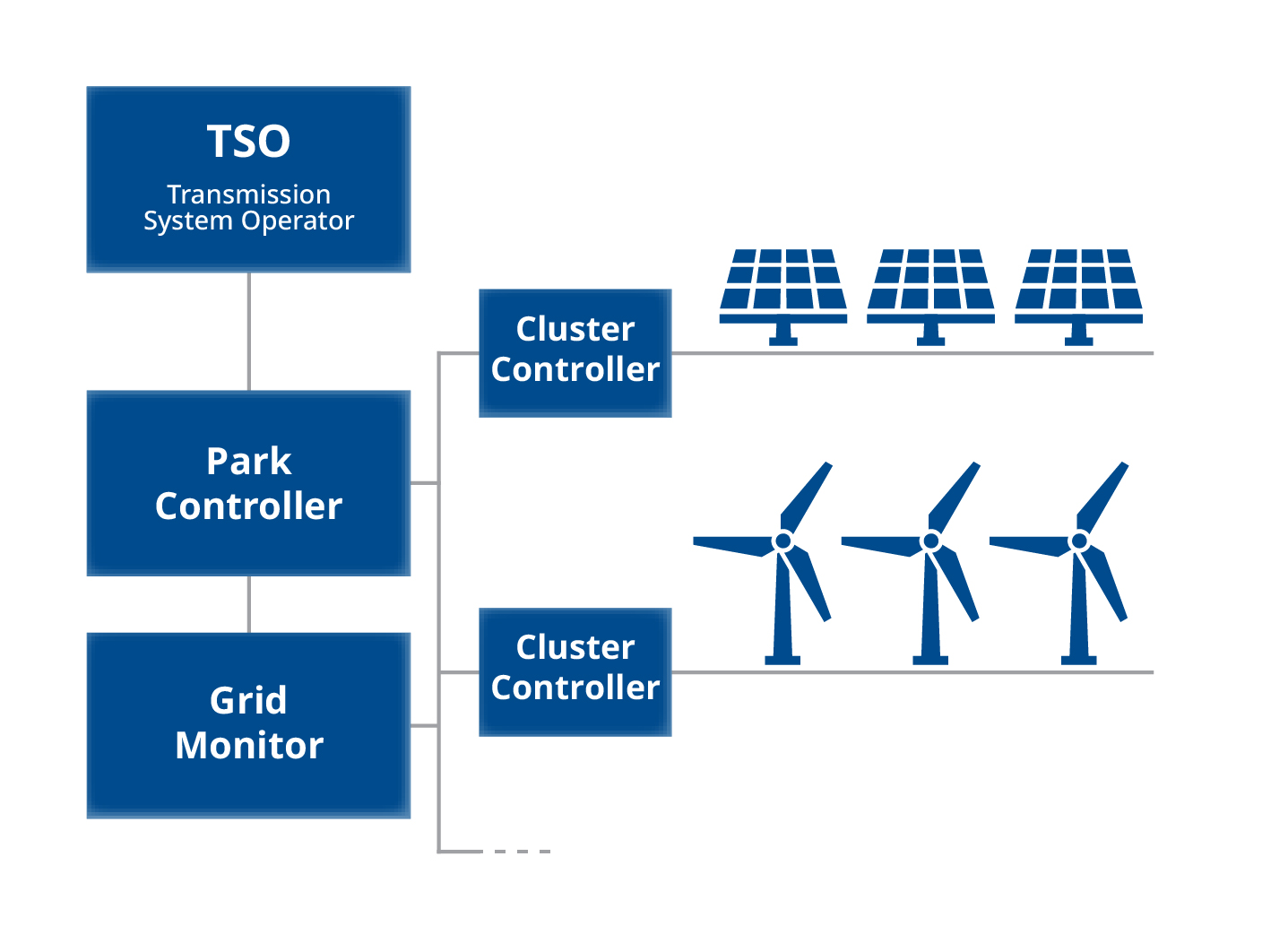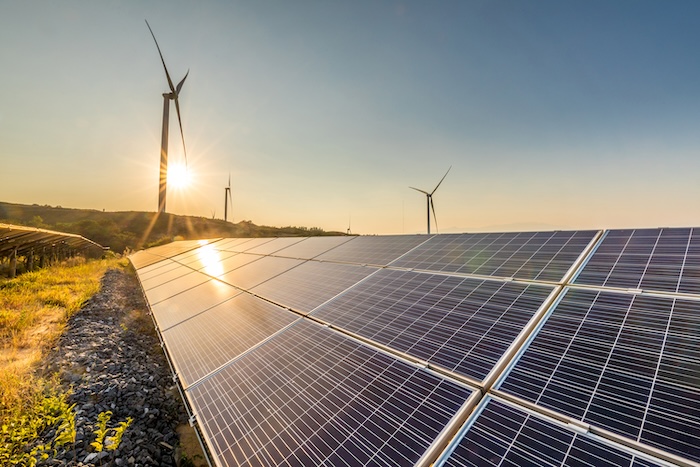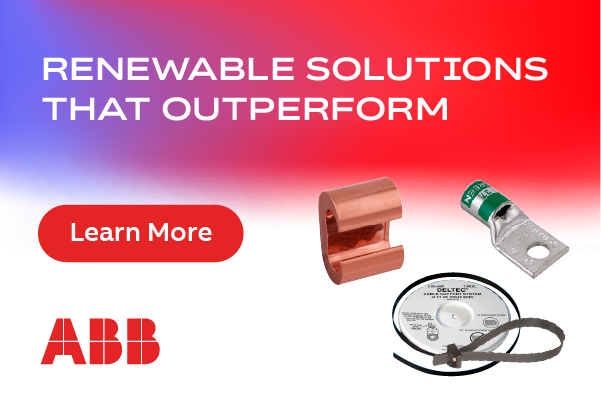Built on Wind, Powered by Automation: Modernizing hybrid assets
Wind power has been a highly successful and reliable source of renewable energy for decades, as evidenced by the multitude of wind farms dotting landscapes and oceans across the globe. In recent years, with the increase of electrification of daily life from mobile devices to electric vehicles to data centers, the demand for renewable energy has expanded exponentially. This trend requires sustainable power generators to not only find new sources of power, but also new technologies to help them stabilize the grid.
As a result, many power generators are considering or already have projects underway, adding new ways to generate and store renewable energy. Today, it is increasingly common for wind farms to add solar photovoltaic (PV) and battery storage to their asset mix, building out hybrid generation sites. As operators add these assets, control becomes more complex, requiring new technologies to simplify and streamline operation.
Many of the most successful organizations are exploring hybrid power plant controllers (PPC) to utilize their combination of wind, solar PV, and battery in the best possible way. Modern hybrid PPCs can significantly reduce the complexity of operating hybrid renewable energy farms, while simultaneously helping organizations comply with grid requirements and drive the highest possible production from their wide array of assets (Figure 1).

Figure 1: Hybrid PPCs turn diverse renewable assets into unified power plants, simplifying control and maximizing efficiency across thousands of assets.
Why PV and batteries?
The International Energy Agency forecasts global electricity demand to grow nearly 4 percent annually through 2027, so generators will need to add significant amounts of power to the grid. While some of the generating capacity will come from traditional sources, both public and private entities are increasing pressure to add more renewable sources as well. Wind generation sites are typically remote and have plenty of space, making them prime candidates for adding solar arrays and battery storage facilities to increase their potential output.
Moreover, moving toward hybrid renewable generation increases grid stability. When there is very little wind, the sun is often shining, creating favorable conditions for solar PV output, and vice versa. With the addition of batteries, producers can compensate when there are instabilities in wind due to turbulence and/or when the skies are cloudy. This allows them to manage production shifting and energy arbitrage, storing excess energy during off-peak periods and injecting it into the grid during hours when prices are higher. Ultimately, the options provided by adding additional assets make it far easier to balance output.
PPCs bring better control
With connectivity to the grid comes regulation. Owners and operators of hybrid wind, solar, and battery sites must manage their energy generation to assist and stabilize the grid, a task that becomes more complex as the organization adds more generation assets from a wide variety of different manufacturers. At that point, it becomes unwieldy to manage individual assets across the entire farm, or even across a collection of geographically dispersed and mixed renewable sites.
When a team adds a hybrid PPC to their diverse farm of renewables, they can stop managing individual turbines and inverters and start seeing collections of assets as small power plants. For example, 100 wind turbines can be treated as a single generation plant, while another 50 megawatts of PV can be a separate generation plant, regardless of how the individual assets in each of those plants contribute to the overall generation.
This type of farm can be managed in any combination of different numbers and types of assets — all connected to a single point of interconnection on the grid — with the most advanced hybrid PPCs handling over 2,500 assets each. The controller handles that complexity on the back end, allowing operators to more easily drive the best efficiency and pricing, regardless of what is happening at the asset level (Figure 2).

Figure 2: Advanced hybrid PPCs help operators adapt to diverse market regulations by providing centralized or local control across multiple asset clusters.
Regulations are also continually changing, making increased flexibility another good reason to modernize using a built-for-purpose hybrid PPC. As regulations change, operations teams will want control systems built with core functionality that supports all grid requirements and algorithms, while providing a simple interface to connect to assets in the field for faster deployment of acquisitions and new installations.
In addition, a hybrid PPC can offer increased availability and redundancy to help ensure continuous operation. With the best modern hybrid PPCs, an organization can install two controllers so the farm can continue to operate if a single controller or network connection fails. Redundant solutions fail over in milliseconds, allowing the operations team to maintain full access to all assets and continue operation and distribution of setpoints as though no failure occurred.
Flexibility at the forefront
Few organizations have only one type and vintage of turbine across an entire wind farm or collection of farms. In many cases, wind farms will have a wide variety of turbines from different manufacturers, all operating via different protocols. Modern hybrid PPCs provide broad support for interfacing with all the wind turbines in a production area regardless of type or age. The best solutions support many protocols, making it easy to interface with them directly from the PPC. That same flexibility also applies to solar PV and battery storage sites, where the hybrid PPC can connect to any inverter or battery from a wide variety of manufacturers, making it easy to bring wind, battery, and solar PV together in one operator interface.
Modern hybrid PPCs also bring increased flexibility for working with the standards of different markets, which is important as regulatory standards can vary from country to country, or even region to region. Today’s most advanced hybrid PPCs are flexible, so they can be adjusted to meet the unique requirements of each cluster of connected assets. Moreover, individual hybrid PPCs can be managed locally or connected to remote operations centers, where multiple hybrid PPCs are connected to a supervisory control and data acquisition system that can be managed from a single operator interface.
Planning for a more distributed future
As the need for renewable energy grows in parallel with increasing demand for electrical generation, power generators will need more options to increase and stabilize output. For many wind farms, one of the first and most obvious steps toward accomplishing that goal is the addition of solar and battery to expand their green energy portfolio.
However, expanding the generation portfolio will not bring the best efficiency gains unless it is paired with an automation modernization strategy to support efficient and effective operations. The modern hybrid PPC is a critical first step in that strategy, bringing disparate assets together into a singular, unified control solution for improved operation, flexibility, scalability, and redundancy.
 Ole Binderup is the Director of Research and Development for Renewable Energy Technologies for Emerson’s Power and Water Solutions business. In this role, Ole works closely with the engineering and development team based in North America, Warsaw, Manila, and Noida, promoting strong collaboration to support and accelerate the development and delivery of business solutions for renewables energy technologies. Ole holds a M.Sc.EE in Intelligence Autonomous Systems Engineering from the Aalborg University of Denmark.
Ole Binderup is the Director of Research and Development for Renewable Energy Technologies for Emerson’s Power and Water Solutions business. In this role, Ole works closely with the engineering and development team based in North America, Warsaw, Manila, and Noida, promoting strong collaboration to support and accelerate the development and delivery of business solutions for renewables energy technologies. Ole holds a M.Sc.EE in Intelligence Autonomous Systems Engineering from the Aalborg University of Denmark.
Emerson | www.emerson.com
Author: Ole Binderup
Volume: 2025 September/October








